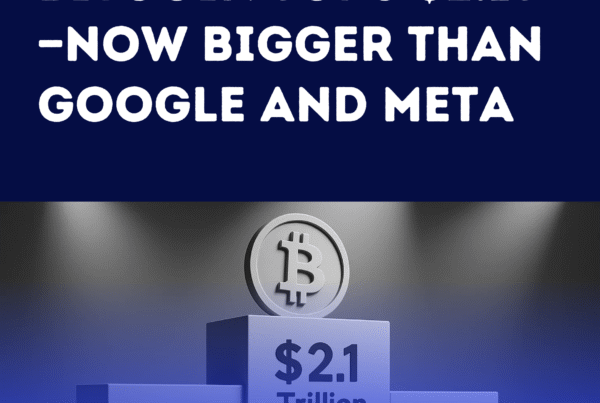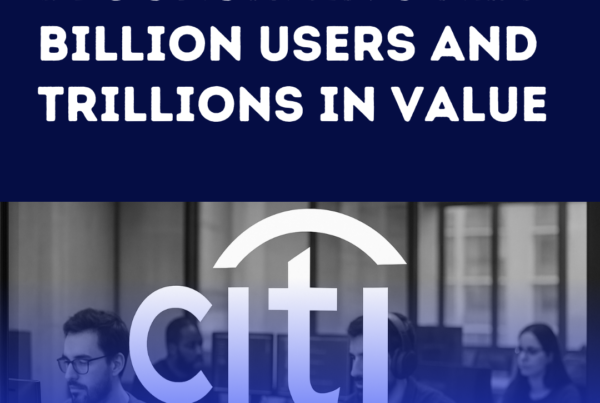More than 2 billion people are online and exchanging ideas. This is fundamentally changing the way the capital markets work.
The Internet, social media and new regulations allowing for general solicitation over the Internet have created an unprecedented opportunity for private, emerging growth companies to raise awareness and capital for their business. Meanwhile, the Internet and social media are being leveraged by savvy public companies and investor relations firms to broaden investor awareness and support.
The upshot of all this is that investors today have more choices than ever in terms of where to invest. Anyone with a computer can research and if qualified, invest, with little more than the push of a button. And companies raising capital have never had more direct access to a broader base of investors.
However, when it comes to attracting investor capital and support, publicly traded companies have important advantages over private companies.
First, they are liquid, which mitigates investment risk to investors by enabling investors to control the timing and terms of their exit. By contrast, investors in private companies have to wait for an initial public offering (IPO), an acquisition or a private liquidity program (PLP) to exit. Second, regulations require that they provide a level of transparency to investors in ways that private companies are not accountable.
On the other hand, for investors that can stomach the implied risk, private companies offer the promise and potential of substantially greater return on investment. Importantly, technology is evolving in ways that will enable private companies raising capital to mitigate those risks, without limiting the upside return potential.
“Investing in public companies provides superior liquidity”
One of the primary risks of investing in private companies is the total lack of control in terms of how and when exiting the investment is going to take place. As noted above, investors have to weigh the chance that the private company will achieve sufficient velocity to go public or be acquired by a larger, better capitalized business.
Even in ideal circumstances, the time horizon required for private investments may be more than an investor is comfortable with. According to the National Venture Capital Association, the median time to IPO exit since first funding for venture-backed companies was 3.1 years in 2000, and 7.4 years in 2013. The runway to IPO is getting longer.
The runway for M&A is perhaps even less predictable, and management teams have less control. At the least, successful acquisition targets need to be disruptive enough to attract attention, and more often than not, driving sufficient revenues to have market validation. This all takes time, and good timing.
Private Liquidity Programs are nothing new, but historically, they have been coordinated by conventional Venture Capital and Wall Street players and totally out of reach for most companies. However, emerging technologies and the Internet are driving the appeal and acceptance of PLP enablers such as Nasdaq Private Market, SharesPost and SecondMarket, online platforms dedicated specifically to facilitating PLP’s through the use of advanced online trading technologies which is in turn, broadening access to PLPs for more private companies and their investors.
In addition to broader access, these online PLP platforms offer several benefits:
- Investors will be able to exit pre-IPO shares;
- Avenue for liquidity when IPO windows close;
- Creates a more efficient alternative for founders who have been taking nominal salaries; and
- Relieves pressure for companies to go public before they are ready.
When crowdfunding platforms are able to provide prospective investors with clear paths to liquidity for their investments today, into the offerings listed on their platforms through the PLP marketplace tomorrow, one of the most fundamental barriers to investing in private offerings will be substantially eroded, if not removed altogether.



